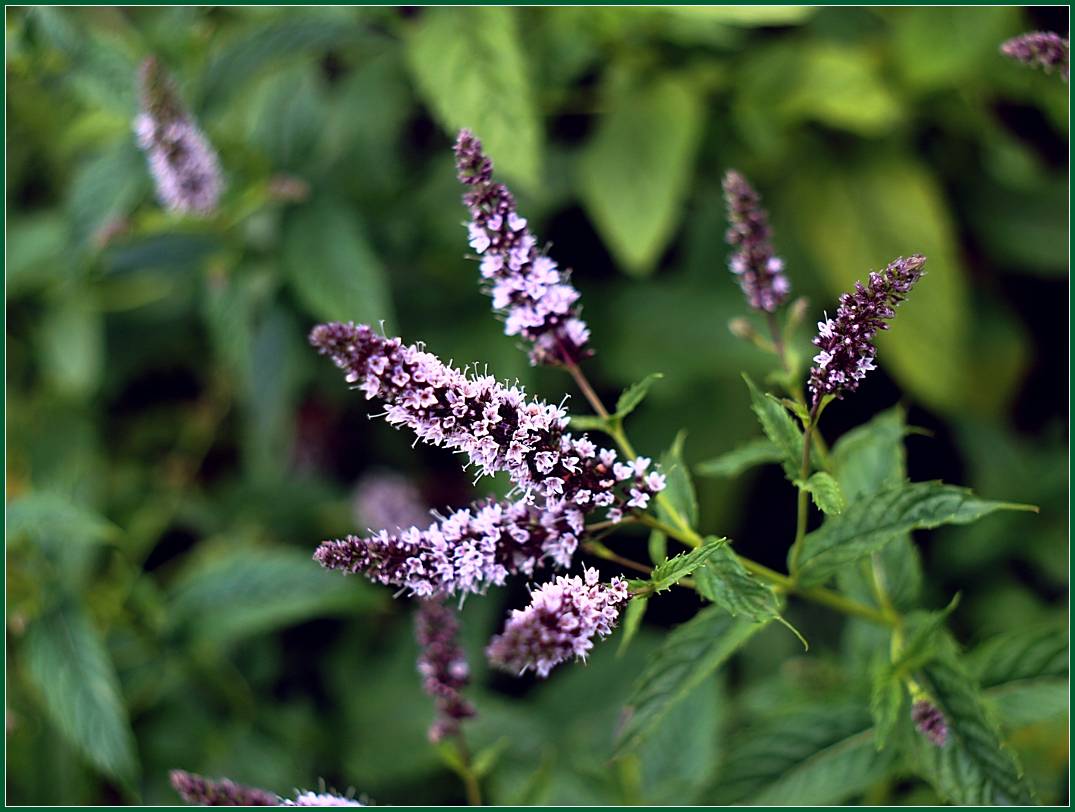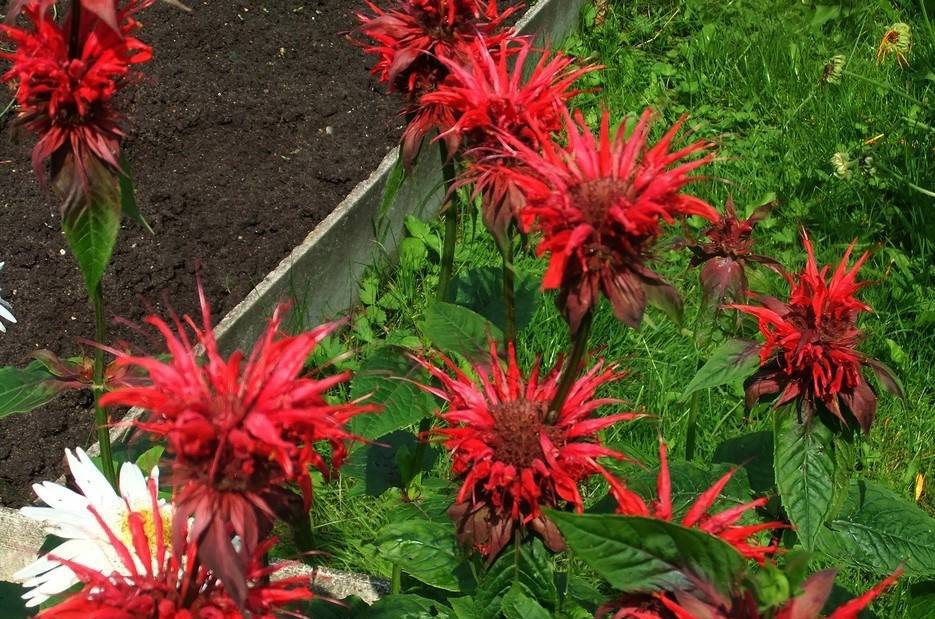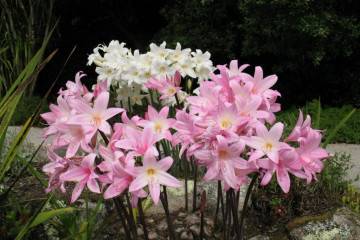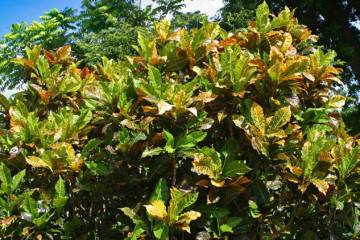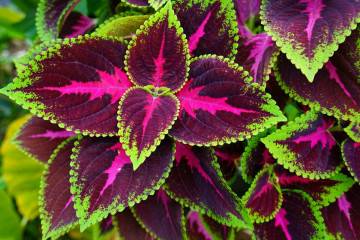Wild mint - what kind of plant, varieties
Content:
Wild mint is a fairly popular plant that grows almost everywhere - in meadows, forests, gardens, on the banks of rivers and lakes. Possessing a specific smell, it attracts many pollinating insects. The wild species is used everywhere: it is used in cooking, medicine, perfumery and even winemaking. Some varieties have been used since very ancient times, and today this herb is still in demand for its taste, smell and benefits.
Wild mint - what kind of plant is it?
Popularly, the herb called wild or meadow has an official name - field mint (in lat.Mentha arvensis). On the territory of Eurasia there are many places where mint grows in the wild. You can meet the plant in Europe, Western and Central Asia, in the Caucasus. Sometimes it is noticed in Nepal and India, and on the territory of Russia - in the south, in the central part and Siberia.
This perennial herb has a creeping rhizome and can grow to a height of 15 to 100 cm. It has erect, branched stems that can sometimes be reddish in color. The leaves of mint are ovoid or elliptical in shape, they are sharp at the top and jagged at the edges. The flowers appear on the stem and can be purple or lilac-pink. They grow compactly in spherical false whorls on pedicels covered with soft hairs. From the buds growing in the cups, simple fractional fruits are formed, consisting of four identical parts.
Wild mint varieties and flowering period
To find out which varieties are most common in medicine and cooking, you should study their botanical descriptions.
Field mint
It is the most common cultivar found all over the world. It can grow up to 70 cm in height. The plant has elongated green leaves and mauve flowers that are located between the leaves. Unlike peppery, this variety is characterized by the absence of a pungent odor and refreshing taste. The field is quite often used in cooking for making drinks and baking.
Cat mint
Known as catnip, this plant is on the list of the most popular due to the presence of essential oil in the composition. It can reach up to 1.5 m. The flowers growing on it are located at the top and are in the form of tassels.
Catnip blooms from June to July. Due to the content of essential oil, this variety is widely used in cosmetology and cooking. Also, the catnip contains such useful substances as limanets, citronellol and citral.
Fragrant mint
The fragrant variety of this herb belongs to perennials and can reach a height of up to 50 cm. Light green leaves grow on its stems, which have a slightly carved shape at the edges. This variety has an interesting feature - it can withstand frosts down to -30 ° C, so it can bloom from the beginning of June until the onset of the first frost.
Fragrant mint has creeping roots, which tend to grow strongly. To avoid this, they must be pruned regularly. Some varieties have white specks on the leaves.
Water mint
The herb belonging to the Yasnotkov family is a perennial and, under appropriate conditions, can grow up to 90 cm. It is characterized by hairy stems of square section and oval-shaped leaves, which are 2-6 cm long and 1-4 cm wide. If you rub them with your fingers, you can feel a pleasant aroma. Blooming buds form small fluffy inflorescences of a light lilac shade.
Mentha aquatica is widely used as an additive to various dishes, as well as in medicine.
Japanese mint
The plant is so named for a reason. it grows on the Japanese islands of Hokkaido and Honshu in swampy areas and is considered a rare species. The stems grow up to 40 cm. Leaves 3-8 cm wide and 1-2 cm long grow on them. The buds bloom bright unusual flowers of white or light purple color with four stamens. Méntha japonica is used in cosmetology and cooking.
Forest mint
A wild perennial plant that grows up to 80 cm. Tall, strong shoots are characteristic of it.
In most countries where the plant grows, it is used for medicinal purposes. However, in some European countries, it is used as a seasoning for vegetables and meat dishes, for baking and marinade. Therefore, in such regions, Origanum vulgare is grown as an agricultural crop.
The leaves of the oregano are oval and oblong. They are dark on the top and lighter on the bottom. The buds form corymbose inflorescences on which small pink or light purple flowers are located.
What medicinal properties do wild mint varieties have?
Despite all the differences, most varieties of mint are used in the manufacture of medicines. It relieves nausea, has a positive effect on the work of the gastrointestinal tract, appetite.
Tinctures prepared from the plant help relieve stomach cramps and colic, and the plant's antiseptic properties allow it to be used as a sedative.
Essential oil can be obtained from almost any variety of mint. The most common Botanika Myata is an excellent pain reliever and disinfectant that is used for frostbite, migraine headaches and runny nose. Essential oil is also used in aromatherapy. It enhances immunity, reduces stress and has a tonic effect on the body.
Wild mint is a common and very beneficial plant. All its varieties are used as a spice additive to make cooked dishes tastier, as well as in medicine. It helps with many diseases and has a positive effect on the overall well-being of the body.
